Ask a coach: ‘How fit can I get on a 10-mile commute to work?’
Here’s how to best go about mixing up your commute for maximum fitness gains
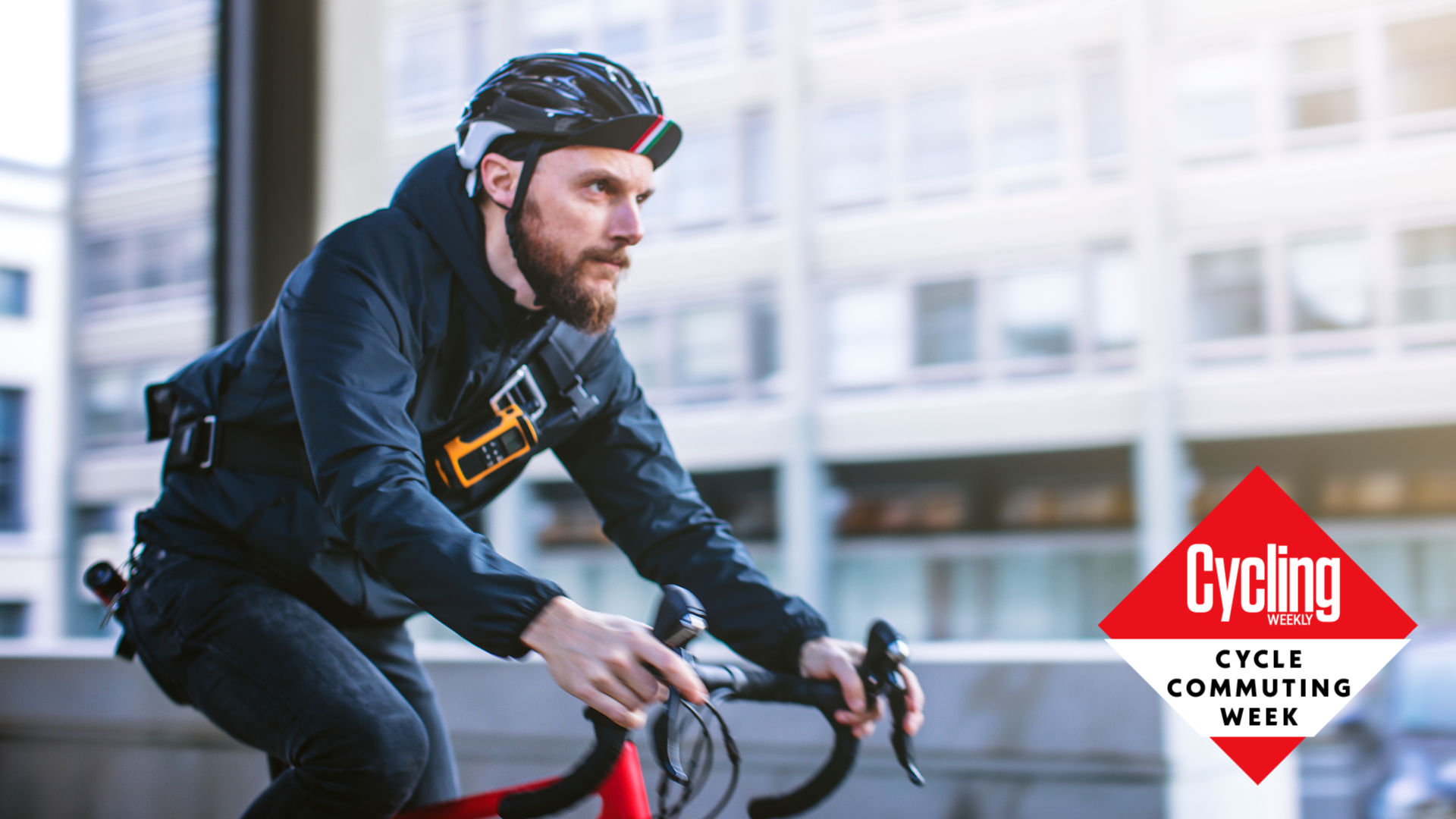

A lot of cyclists ride to work. However, rather than simply being a mode of getting from home to your desk, the daily commute can form an important part of your training. My experience with athletes is that the daily commute is an undervalued and underutilised chunk of training time.
So, to change that and to maximise on the many benefits of commuting by bike, let’s explore some ways in which you can make the most of this time on the bike and explore how it can tell us a little about the training process at the same time.

Sports scientist and coach James Spragg is one of the experts who will be answering your questions in Cycling Weekly's ASK A CYCLING COACH series which comes out every Wednesday. Working both in research and applied settings, he currently runs Intercept Performance Consultancy.
One fundamental component of training is called progressive overload. This is the notion that to continue improving, you need to keep challenging your body with new, increasingly greater stimuli. If you don’t do this, you will get stuck in a training rut and simply plateau at a given level of fitness. There are three main ways through which training load can be increased:
1) Increase the overall training time - or ‘volume’, as it is often referred to
2) Increase the training frequency – the amount of sessions you do per day or week
3) Increase the training intensity – how hard you ride in each ride
Your daily commute is, most likely, a fixed distance, and happens twice a day; therefore, points one and two (volume and frequency) cannot be altered. This leaves point three – intensity.
Get The Leadout Newsletter
The latest race content, interviews, features, reviews and expert buying guides, direct to your inbox!
The great thing about intensity is that you can increase the stimulus without simultaneously increasing the training time. This makes it the perfect way to induce progressive overload in a ride with a fixed distance, duration and frequency.
When it comes to intensity in short rides, I am a big fan of adding sprints. Sprints are a great tool for three reasons. Firstly, they are easy to include in rides, I would be very surprised if there weren’t at least a couple of sections on most commutes where it is safe and convenient to get in a few sprints.
Secondly, they don’t take much time to complete, so a minor detour can always be taken to get them done. And three, they are a very flexible method of training that can be tailored to bring about ‘aerobic’ or ‘anaerobic’ gains; the key is to adjust the recovery.
The great thing about sprinting is that because you are always producing a maximal effort, as you get stronger and fitter, you produce more and more power and the training stimulus progresses naturally.
Sprints to improve ‘Anaerobic’ power
If you are looking to improve your sprint prowess then it clearly makes sense to go out and do some sprinting. However, just sprinting as hard as you can, may not be the optimal approach. I use three types of sprints with athletes, over-geared, under-geared and optimal gearing.
The big gear efforts are great to train force production – how hard you can push on the pedals. The under-geared sprints are great for improving muscle coordination and leg speed. This is an important aspect of sprinting; to produce maximal power your brain needs to activate the right parts of each muscle at the right time to optimise power transfers from your legs into the pedals. Optimal sprints are where you use your self-selected, preferred, cycling cadence and (if all has gone well) put the two pieces together.
I would suggest splitting these different sprints up across different rides as you would with any cycling training plan. Monday might be an under-geared day; Tuesday, over-geared; and Wednesday, an optimal sprint day. The key when working to improve your sprint power is to have sufficient recovery between each sprint. I would suggest 5-8 minutes between each sprint to make sure you are fully recovered and able to give a maximal effort each time.
Sprints to improve ‘Aerobic’ fitness
You may have noticed that when you do a sprint your breathing takes a little while to catch up; you are likely actually breathing hardest once the sprint has finished. This is because sprinting, in the first instance, utilises ‘anaerobic’ energy pathways. It takes the aerobic system a little bit of time to catch up.
However, if you sprint repeatedly, the ‘anaerobic’ energy pathways get depleted in the first sprint, this means you need to rely on the aerobic system from there onwards. What was once an ‘anaerobic’ effort becomes an increasingly aerobic effort as you do more and more sprints. The type of training is known as sprint interval training or SIT for short. SIT is a great way to improve aerobic fitness.
A typical SIT session would be two sets of 3 x 30s sprints with 30s recovery. The key is to sprint as hard as you can in every effort. Once you can do three efforts try four or five in each set. Allow yourself 5-8 mins between sets. If you do this type of training correctly you will be surprised at just how hard it is.
So, there are two ways in which you can incorporate sprinting into your commute to maximise the benefit and get fit on even a short cycle commute to work.

Thank you for reading 20 articles this month* Join now for unlimited access
Enjoy your first month for just £1 / $1 / €1
*Read 5 free articles per month without a subscription

Join now for unlimited access
Try first month for just £1 / $1 / €1
James Spragg is a sports scientist and coach, working both in research and applied settings. When not working with athletes James can be found skiing, climbing, cycling or drinking coffee!
Alongside Dan Lorang and Peter Leo, James runs Intercept Performance Consultancy. Over the last 8 years in various roles, as coaches, performance consultants, performance managers, and sports scientists, Dan, James and Peter have played a role in helping athletes achieve more than 10 World Championship titles, several Olympics medals (including a Gold and Silver Medal in Tokyo 2020) and several Top 5 results in some of the biggest sporting events on the planet (Tour de France, Olympics, World and European Championships). Our single focus is on improving performance in all settings.
-
 'I'll take a top 10, that's alright in the end' - Fred Wright finishes best of British at Paris-Roubaix
'I'll take a top 10, that's alright in the end' - Fred Wright finishes best of British at Paris-RoubaixBahrain-Victorious rider came back from a mechanical on the Arenberg to place ninth
By Adam Becket Published
-
 'This is the furthest ride I've actually ever done' - Matthew Brennan lights up Paris-Roubaix at 19 years old
'This is the furthest ride I've actually ever done' - Matthew Brennan lights up Paris-Roubaix at 19 years oldThe day's youngest rider reflects on 'killer' Monument debut
By Tom Davidson Published
-
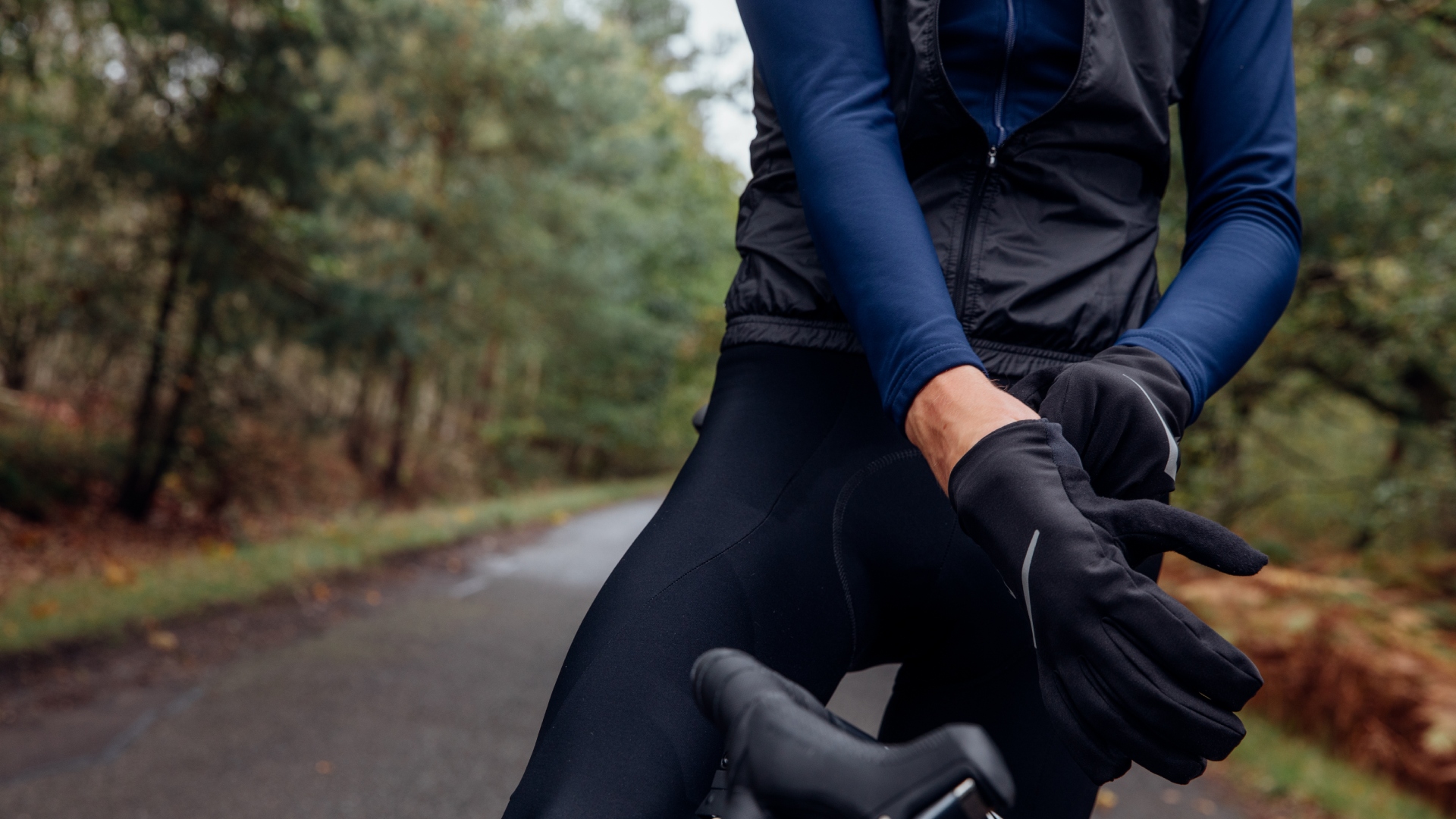 Riding with Raynaud’s: How to beat cold hands and feet over winter
Riding with Raynaud’s: How to beat cold hands and feet over winterSymptoms of Raynaud's syndrome extend far beyond simply having chilly hands and feet, our experts guide you through the how-to on making winter riding bearable despite the disease
By Lexie Williamson Published
-
 Does riding in the cold always have to slow you down?
Does riding in the cold always have to slow you down?Recent research reveals that starting a ride cold can decimate endurance. James Witts examines how rolling out toasty boosts staying power
By James Witts Published
-
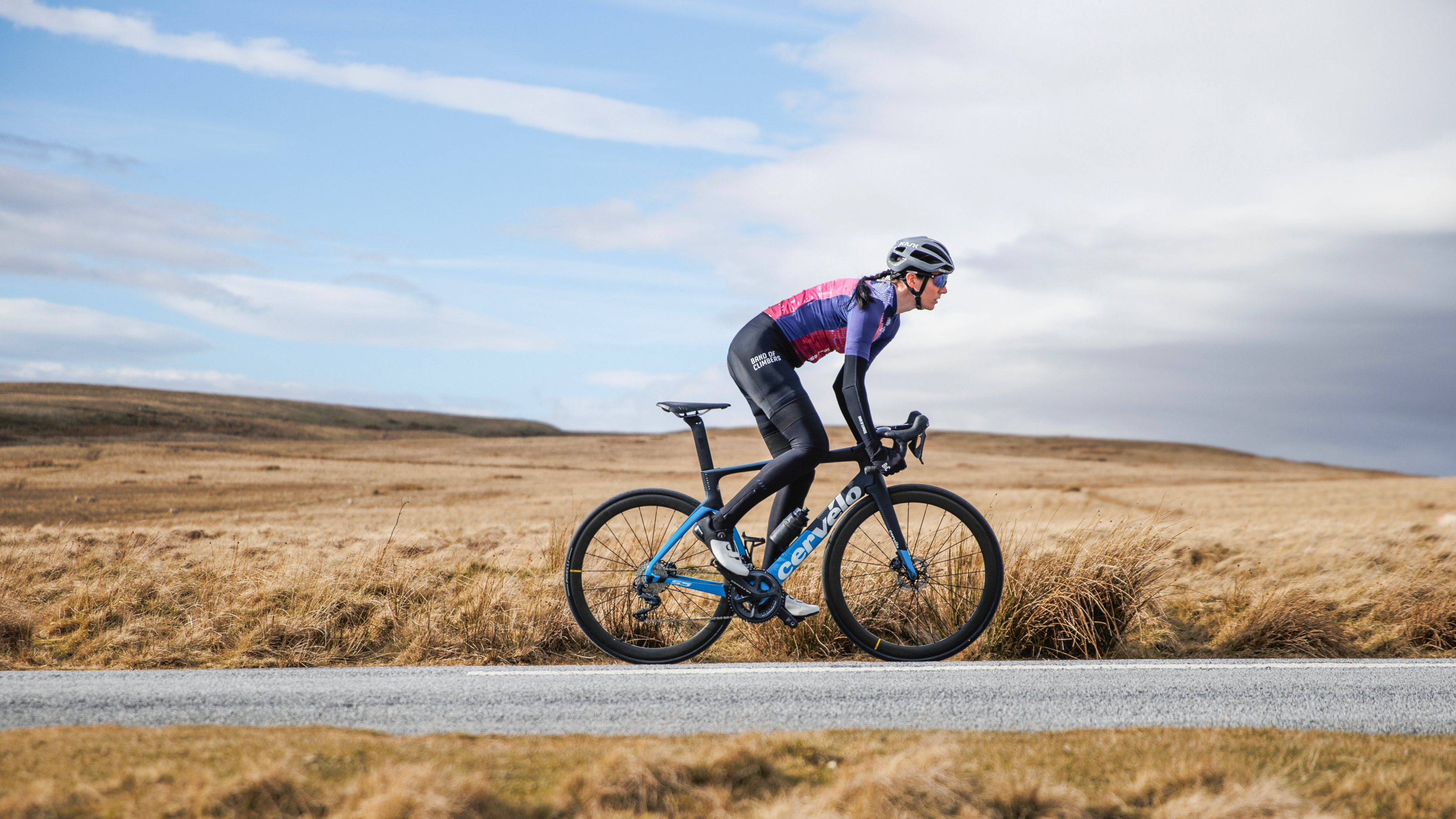 Forget 'new year, new me': 31 realistic, bitesized new habits for 2025
Forget 'new year, new me': 31 realistic, bitesized new habits for 2025Small adjustments to your daily routine can have a big impact on your cycling fitness. Lexie Williamson lists 31 good habits, one for each day of January
By Lexie Williamson Published
-
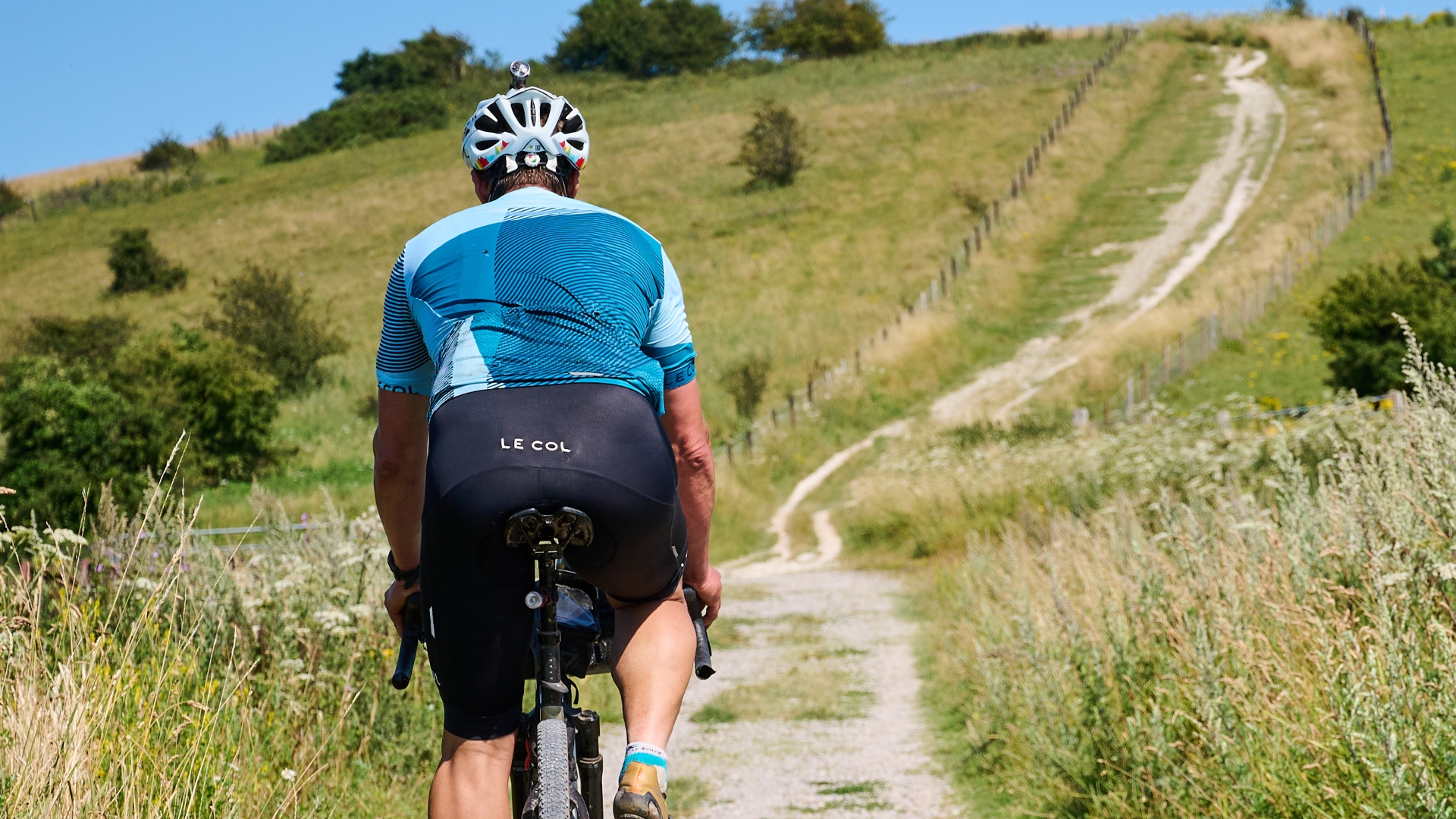 'My riding companion proceeded to fragment into countless tiny particles and dissolve into the night sky — I was hallucinating': Inside a 500km ultra ride
'My riding companion proceeded to fragment into countless tiny particles and dissolve into the night sky — I was hallucinating': Inside a 500km ultra rideKeen to test the limits of his well-matured endurance, Steve Shrubsall hurls himself headlong into a 500km ultra-endurance adventure across England's North and South Downs
By Stephen Shrubsall Published
-
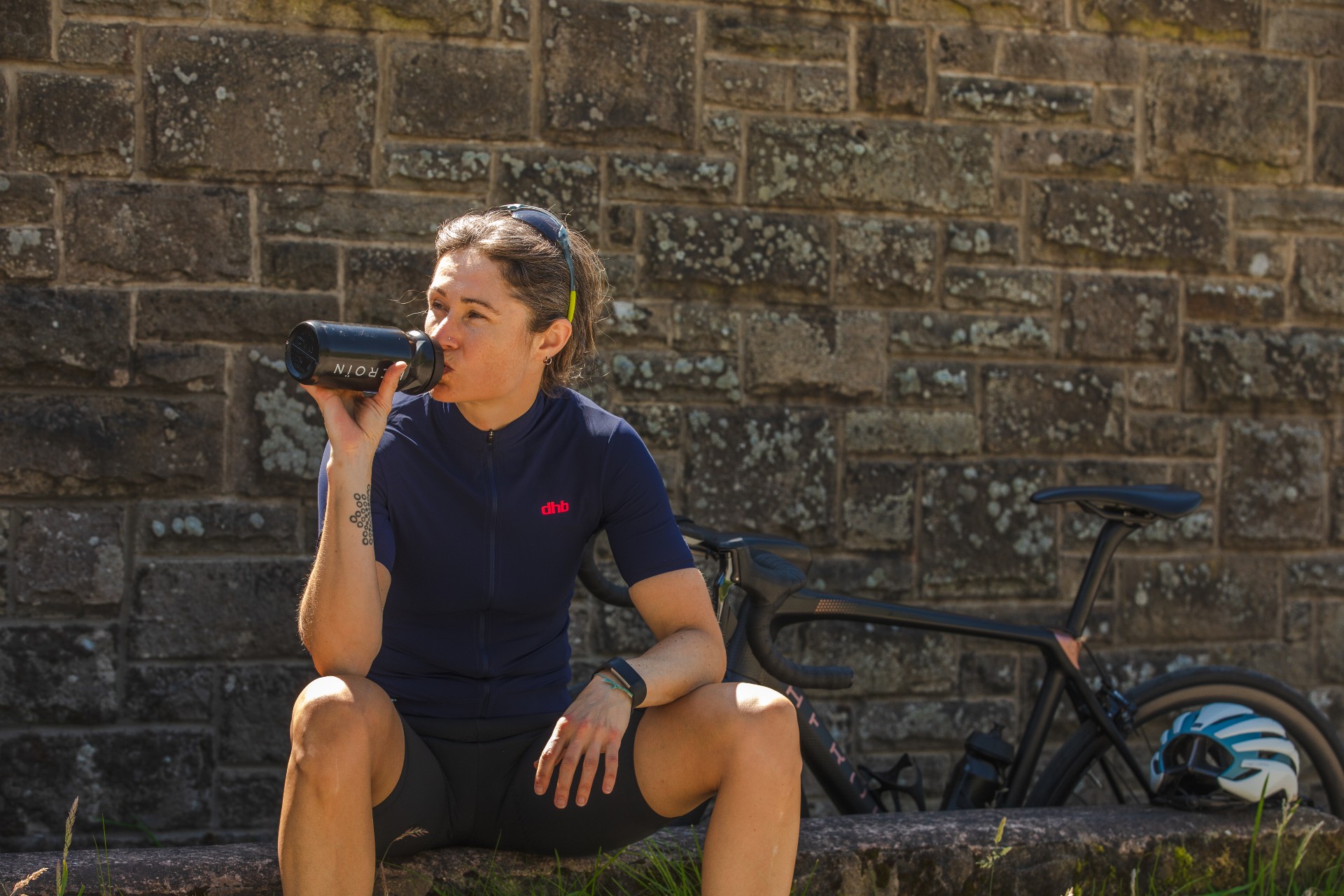 Hot weather cycling: 6 tips to help you keep your cool
Hot weather cycling: 6 tips to help you keep your coolA spell of hot weather needn't stop you enjoying your riding, as long as you take some precautions to prevent over-heating and dehydration
By Anna Marie Abram Published
-
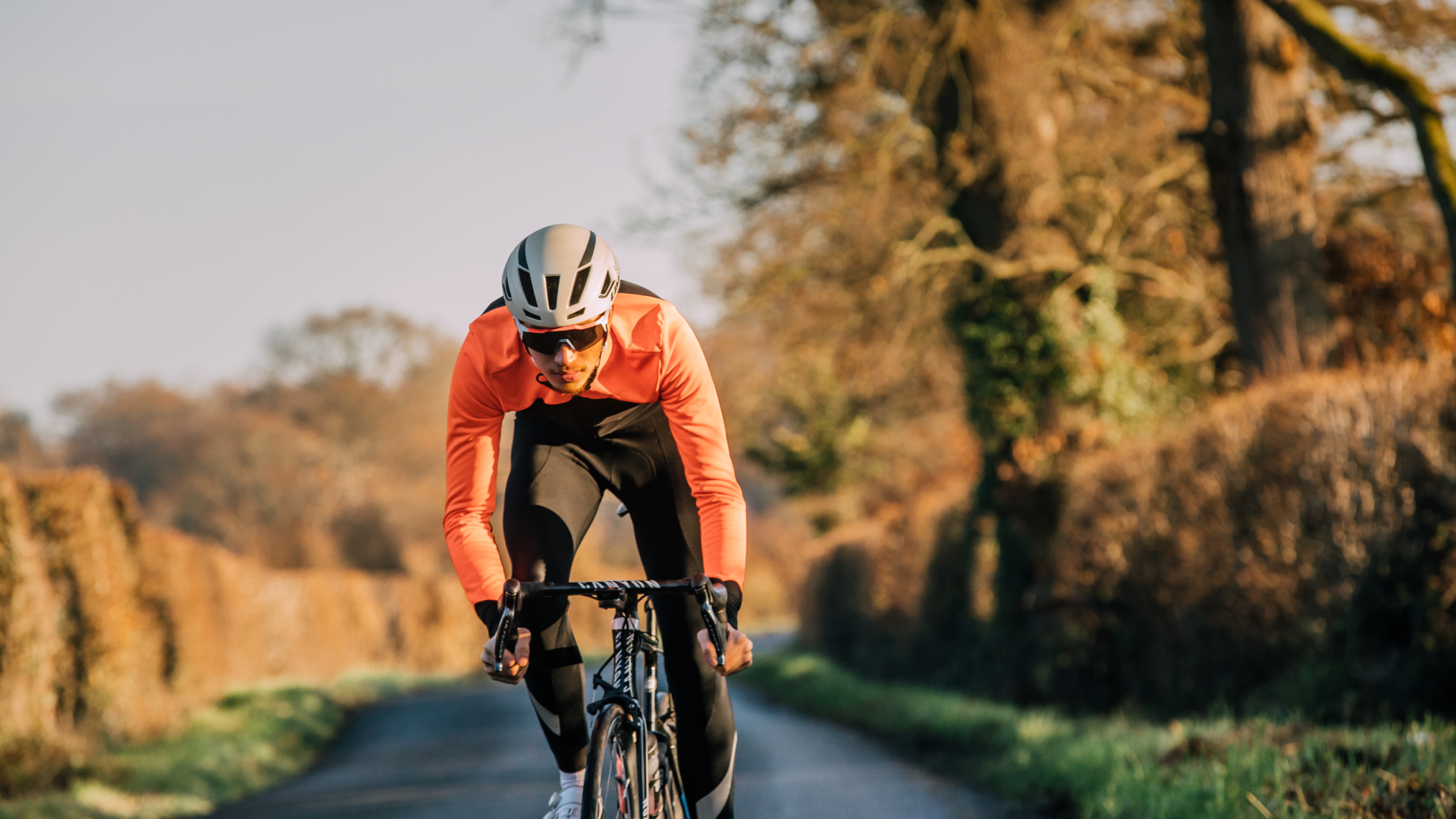 21 ways to get your season off to a flying start
21 ways to get your season off to a flying startMotivation is key: achievable, aspirational goals with clear checkpoints is a great place to start. Structured training, bike servicing and joining a club will all help set you on the right trajectory, too
By Charlie Allenby Published
-
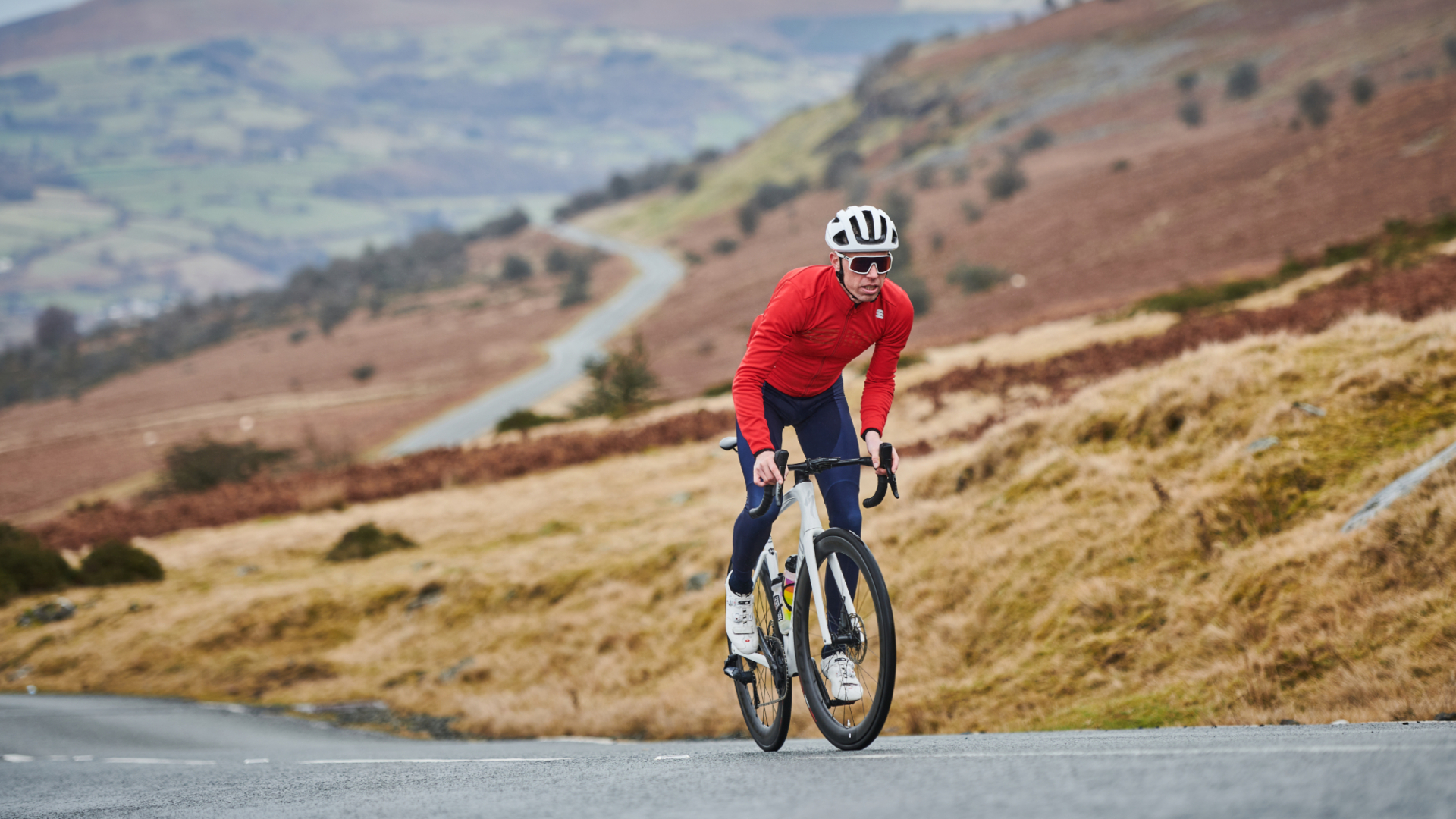 Eight-step guide to crafting your achievable goal this year, according to a cycling coach
Eight-step guide to crafting your achievable goal this year, according to a cycling coachHow to come up with a target you can hit - plus some pointers on how to stay on track
By Chris Marshall-Bell Published
-
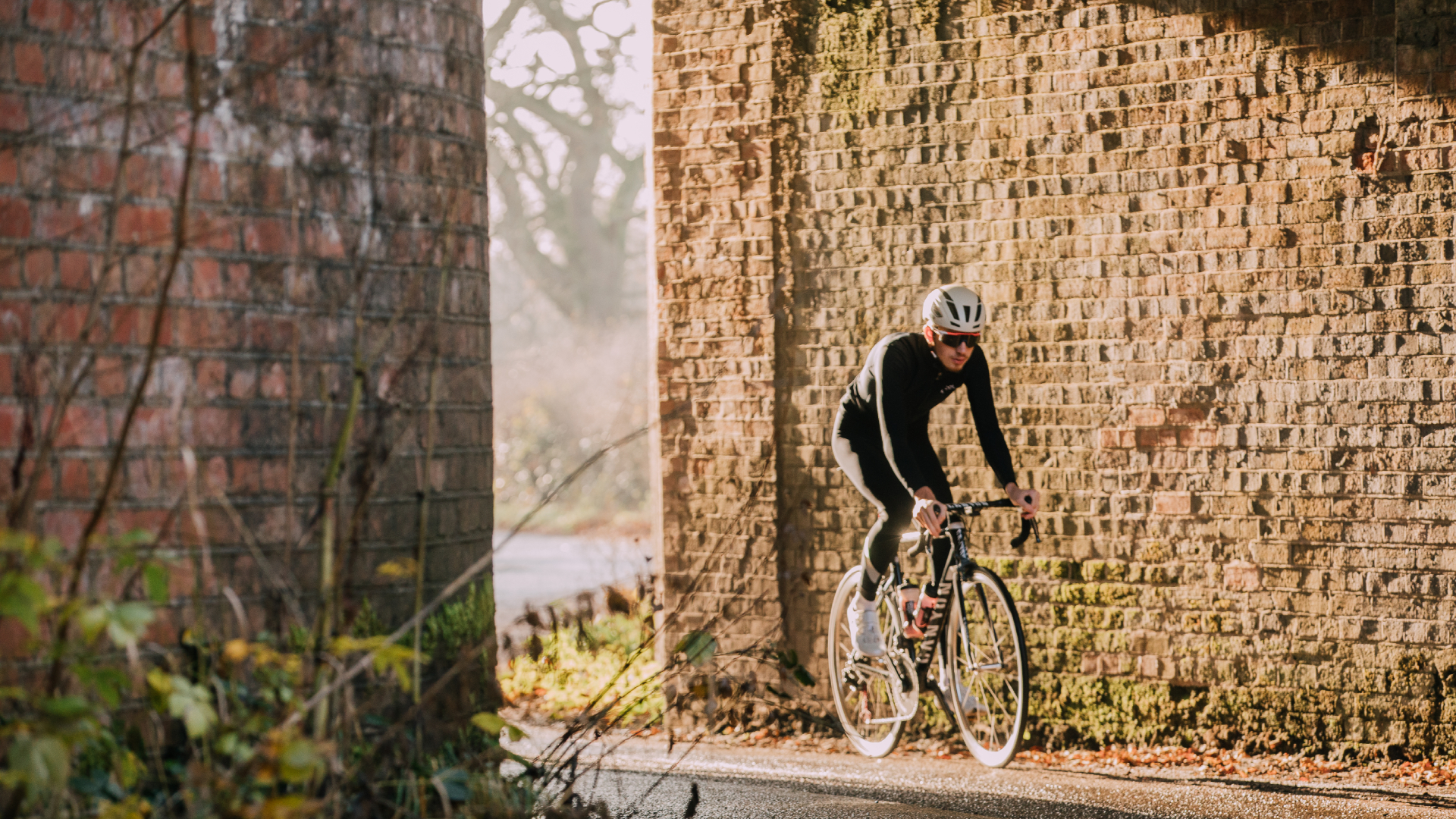 Why is everyone talking about Zone 2 training? Tadej Pogačar, or rather his coach, is responsible - here’s why
Why is everyone talking about Zone 2 training? Tadej Pogačar, or rather his coach, is responsible - here’s whyThe cacophony of praise for Zone 2 training of late left Chris Sidwells scratching his head. So he decided to find out what all the fuss was about
By Chris Sidwells Published